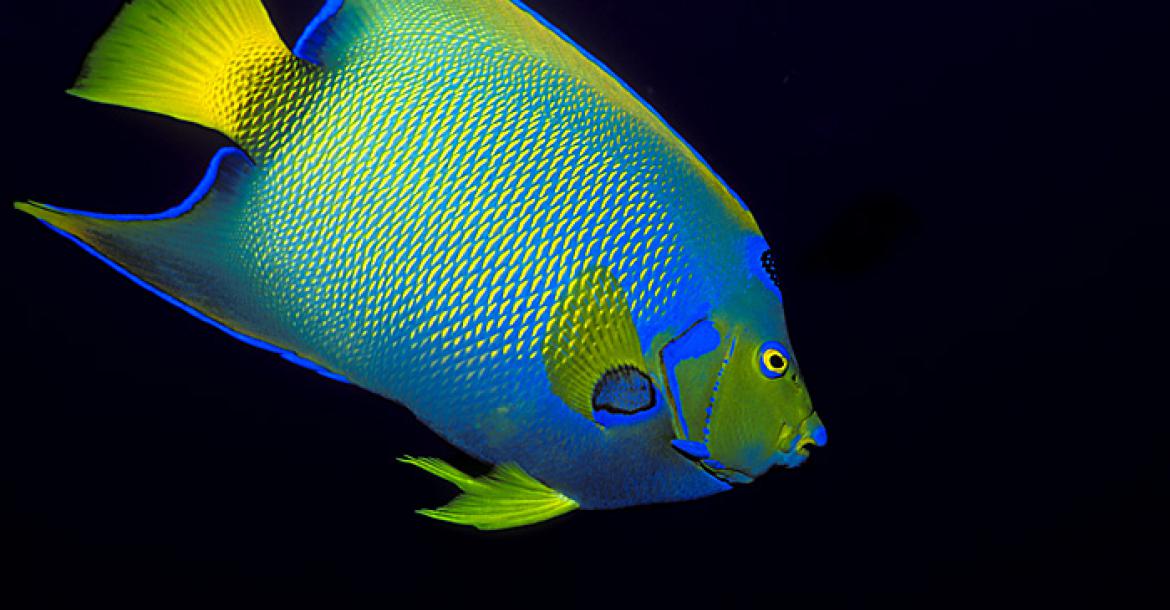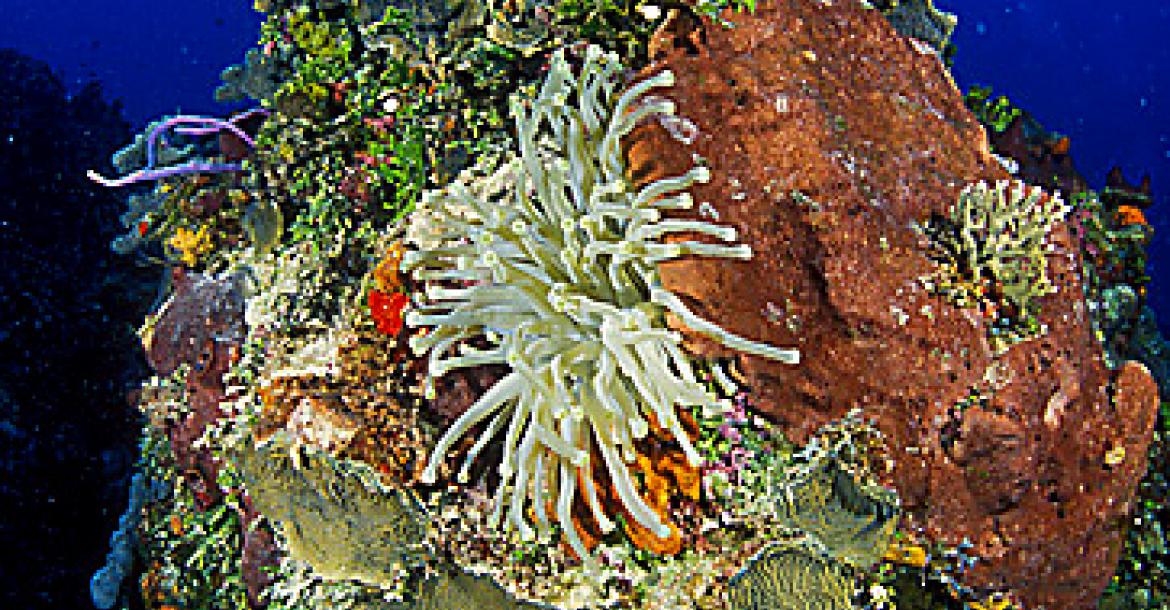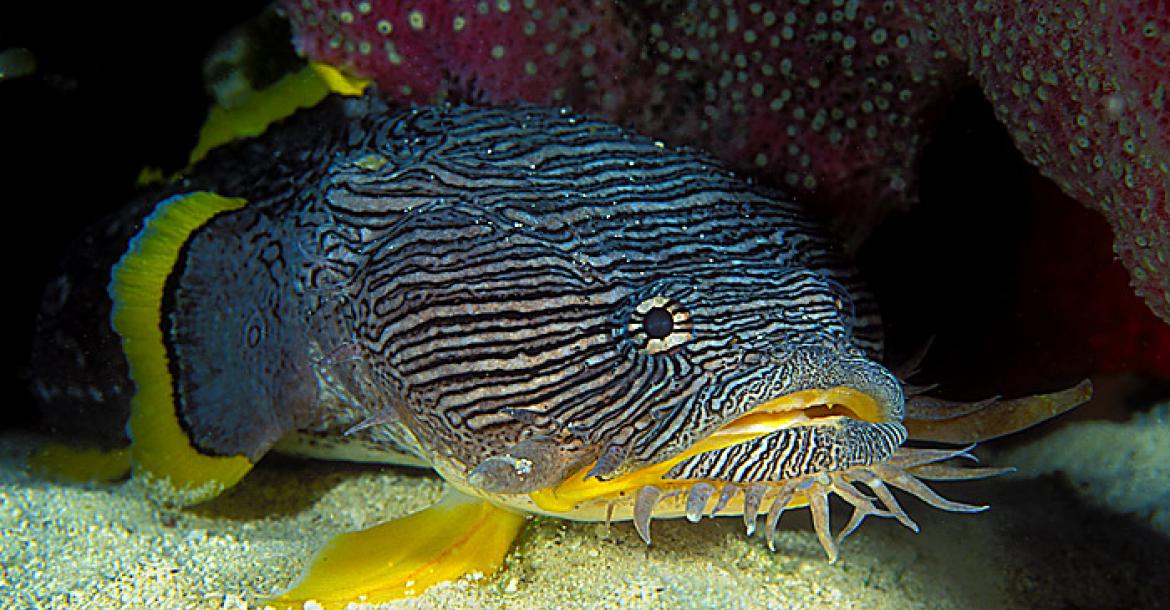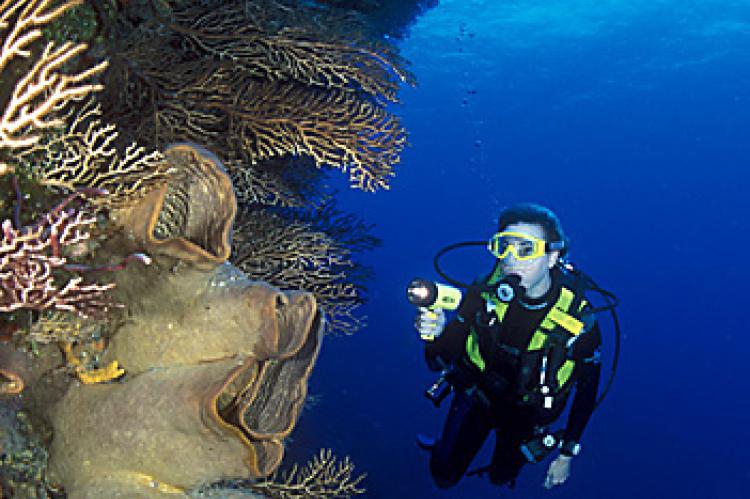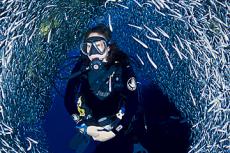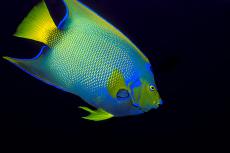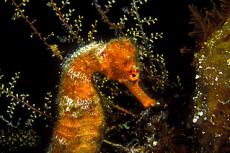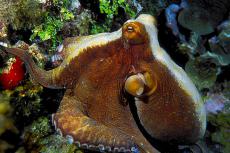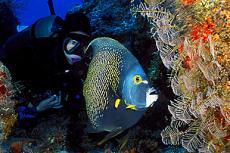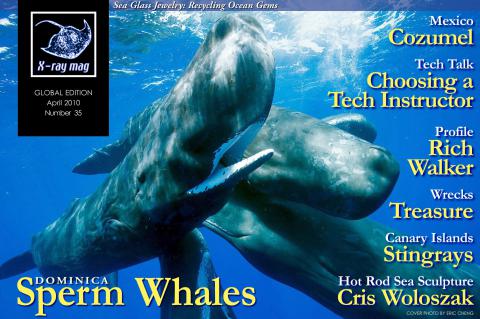Cozumel
Yes, I know, Cozumel must have already been reviewed several times since you took up scuba diving, but the fact remains, that it is still one of the Caribbean’s top destinations for diving enthusiasts from all over the world—from the novice to the very knowledgeable — and now it’s safe again to go there, as Mexico has been cleared off the CDC’s travel warning list for swine flu. It’s time once again to enjoy the treats of this enchanting tropical paradise.
Tags & Taxonomy
Cozumel combines the great reefs that one might find at the best dive spots around the warm Mexican Gulf waters with the laid back island life, where everything is close enough with a short taxi ride or a pleasurable bicycle tour. Indeed, the island has few routes, and a great set of beaches and coves. Almost every place offers gentle waves lapping warm sands. And there is always a beach bar or “tienda” around where you can get great refreshments at very low prices—an “honest-to-God” diving paradise, but then, you already knew that!
What can we say? Good ol’ Jacques Cousteau baptized Cozumel as ze most beautiful diving spot in the world, back in the 60s. Who are we to discredit the old master?
Since the French sanction of Cozumel as a divers’ paradise on Earth—and just to make sure it sticks—the Mexican authorities established a huge marine park for the preservation of local flora and fauna as well as the means of income, based on sports tourism, that is the lifeline of the island.
Palancar Reef
There are many areas for scuba enthusiasts to choose from, but a great start is the internationally renown Palancar Reefs located between the Playa del Carmen coastline and the western side of the island. This sheltered section has the clearest water. The best spots are a mere 20-30 minutes ride away, depending on where you start from.
El Arrecife Palancar (Palancar Reef), stretching for many kilometers on the western side of the island, is where divers can find amazing coral formations and a ‘horseshoe’ of coral heads, making for some of the world’s finest underwater scenery with a stunning 70m (230ft) visibility range.
A haven for underwater photographers, Palancar is populated by many sea turtles (as large as they come), groupers, nurse sharks and the elusive “Palancar Catfish” —a crazy sight, if you can spot it hiding under the coral. Depths range between an easy 12 meters (40ft) at the north end, called Palancar Gardens, to more than 24 meters deep (80 ft), providing pros opportunities for fantastic deep-water diving.
There are some opportunities for great cavern diving, such as Devil’s throat at 42 meters (139 ft) down at the south end called Punta Sur. See the video of it on YouTube : . There are enough brightly colored fish and anemonae to fulfill any underwater photographer’s dreams.
Palancar Reef is as popular among divers as it can be, therefore its much-lauded coral formations are in constant peril. Visitors must purchase a wrist band pass and acknowledge the marine park regulations—one of them being the mandatory use of bio-degradable sunscreen lotion.
Many well-known brands offer such products, and it is in your best interest to get a few bottles at home, as prices on the island tend to be a trifle steep, and stocks aren’t always plentiful. Boat rides to the diving spots on the reef are under a mile away from the shore (over one kilometer), so the best choice is to sign up for a day cruise or charter a boat from a local tour agency.
Sea life
Cozumel has so much underwater wild life that it is hard to mention every one of them, so I selected three I liked best—sites I think you will want to keep a lookout for and snap a few great shots of to show the folks back home. The variety of fish and other wondrous animals, apparently more than 250 species to choose from, might not be too apparent at first, but the more you dive, the better it gets!
Sea turtles
Here’s one marine animal you can count on having a “téte-a-téte” with. Cozumel is full of them, some of which are quite large specimens, idly searching for their next meal and will cruise by you at a leisurely speed, not minding much to what’s going on around them. And that is the great thing about these cute turtles— you really feel like a spectator of nature’s great drama when you are with them. But fight the urge to piggyback a lift on one of them.
They look sheepish, but have great beaks that can snap a coconut to pieces, let alone your pinkies. Besides the danger of injury to oneself, there is also the risk of injury to the animal. The first rule of the responsible diver is to look only, don’t touch—leave the wildlife alone. and don’t harrass the critters.
Sea turtles have been around forever and consider Palancar their own backyard. Hence, they are one of the main protected species in the area. They have a sanctuary on the south end, where nests are kept under surveillance and have their own protection program.
If you want to witness the miracle of baby sea turtles hatching and dashing off to sea, just contact the Turtle Salvation Program at the Cozumel Volunteer Connection office, located at 602-B (upstairs) Raphael Melgar Avenue right next door to the Naval Base. The program’s director, Rodrigo Navarro, along with several committee members and dedicated volunteers, are doing whatever they can to keep the Turtle Salvation Program going with what little funding is available. If you are feeling grand, you can help, too. Just check out the information at www.cozumelinsider.com/TURTLESEE and make your donation.
Barracudas
Nasty looking, long fairly compressed, elongated bodies covered with small, smooth scales led by large mouths with fang-like teeth... Sounds scary? Like sharks, barracudas have a bad, although undeserved, reputation. Rare and unproven reports of unprovoked attacks are known, however, the fish are sea scavengers and will respond to shiny objects. So, if you are sporting a bellybutton ring, it pays not to dangle it in front of these lighting fast beasts.
Cozumel Catfish
Cozumel Catfish (a.k.a. toadfish) are Cozumel’s endemic catfish and a sight to be seen. Bearded, freaky-looking, striped like a yellow bug-eyed zebra, the catfish favors holing up, safe and cozy under a coral, waiting on unsuspecting fish to be scooped in to its larger-than-life gaping mouth (hence the toad reference) as the next meal. It can move very fast when attacking, and you rarely see it outside its lair. Cozumel has this unique species as their local attraction, and you’ll be glad ....
(...)
Download the full article ⬇︎
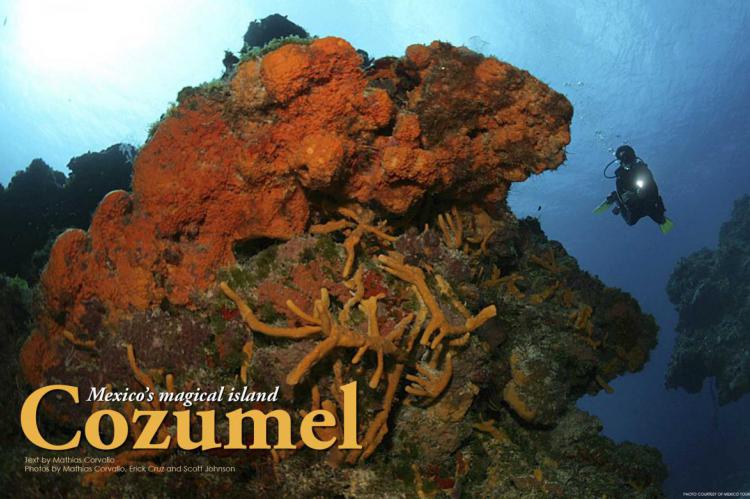
Originally published
X-Ray Mag #35
Eric Cheng's encounter of the third degree with Sperm whales off Dominica. Stingrays: Winged Wonders of the Canary Islands by Andy Murch. Red groupers transform undersea landscapes. Fish Communicate in Secret. Shrimp found under the Antarctic ice. New website for jellyfish affectionados. The boomerang and a ten million dollar lawsuit brought against Scubaboard. Purple Heart Dive Team develops dive program for Purple Heart recipients. In the Future: Architecture on the ocean. Airliner becomes new dive site in England. Diver badly burned by heat packs in freak accident. Disabled Divers International. Underwater CSI training course. 800-year-old shipwrecks found in Baltic Sea. Bronze age wreck found off Devon. The battle for Ancona’s bounty. Wreck from 600 B.C. discovered off Spain. The Treasures Within the Treasure. Travel News. Cozumel - Tech Talk: Choosing a Tech Instructor. Profile : Rich Walker, GUE's Technical manager. Wrecks & Treasure : Cris Woloszak's Hot Rod Sea Sculpture.

